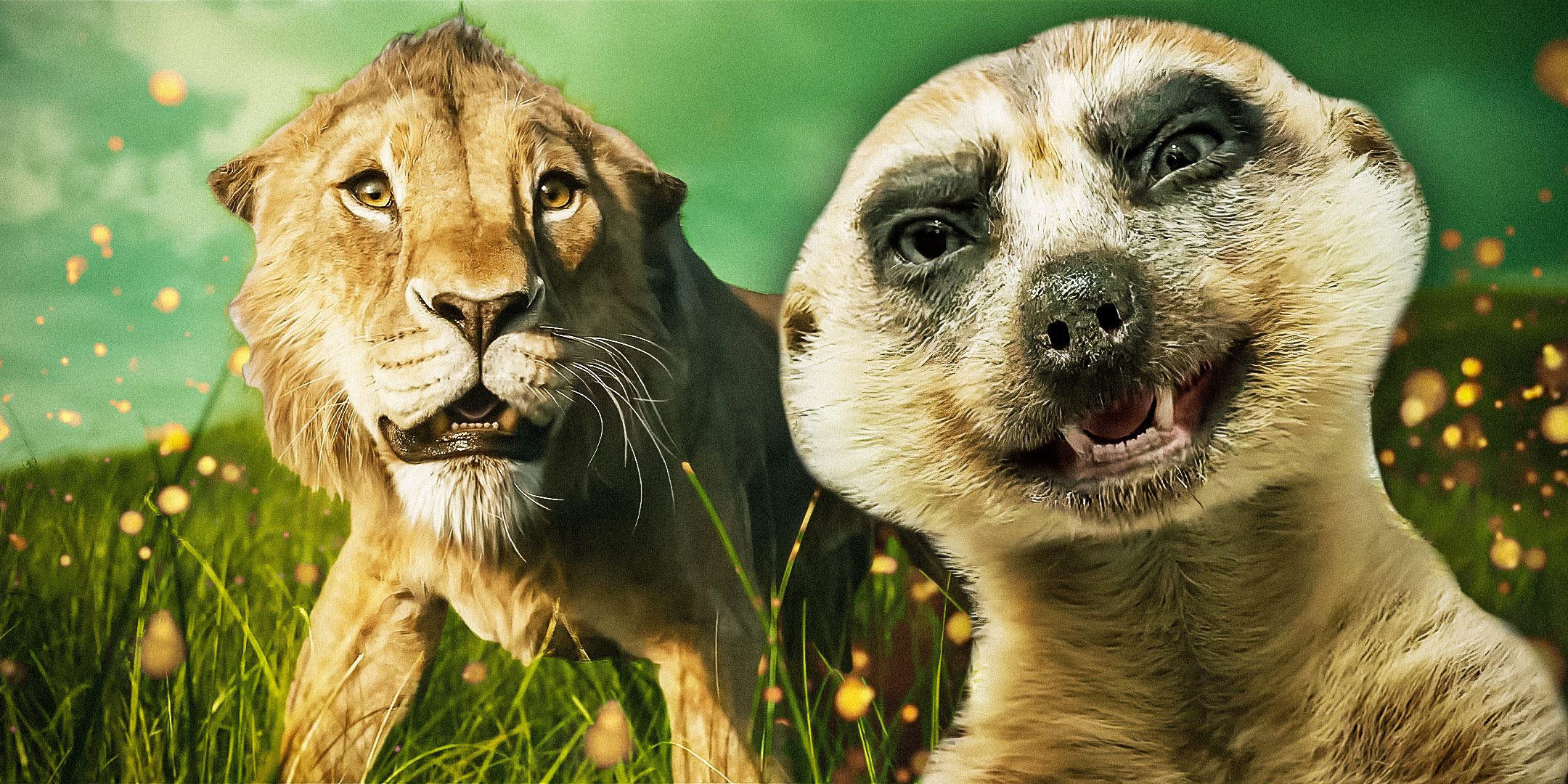
Disney's long-awaited prequel to its billion-dollar live action adaptation, Mufasa: The Lion KingIt may not reach the same box office numbers as its predecessor, but it surpasses it in a very specific way. The prequel, told in flashback through the lens of a story Rafiki tells to Simba's daughter Timon and Pumbaa, explores how Mufasa became the ruler of the Pride Lands. The narrative retcons details about Mufasa and Scar's relationship among other elements, but ultimately leads to the familiar basic story of The Lion King that the public knows and loves.
Mufasa: The Lion Kingthe analyzes were similar to those of 2019 The Lion Kingbut as it stands, it's falling well short of the $1.6 billion box office haul the original took in five years ago. With a fresh story and soundtrack by Lin-Manuel Miranda, expectations were high for Mufasabut if early reviews and feedback are any indicator, it could be seen as a disappointment at the end of its theatrical run. However, the prequel improves greatly on its predecessor, and in doing so, corrects one of its main criticisms.
Mufasa's animals have better expressions than in 2019's The Lion King
Emotion is communicated visually much better in the prequel
One of the most repeated criticisms The Lion King was that, as visually stunning as photorealistic animals were, that realism itself severely limited their capacity for emotion. The beloved original 2D animation had fully developed characters whose exaggerated, cartoonish expressions acted as a key element in the visual storytelling. On the other hand, the 2019 adaptation was little more than watching real animals walk around with famous voices coming out of their mouths at times. Talented VFX artists were limited by the paradox of making realistic animals emote as if they were humans.
|
The Lion King Franchise – Key Details |
|||||
|---|---|---|---|---|---|
|
Film |
Release date |
Director |
Budget |
Gross box office |
RT Tomatometer Score |
|
The Lion King |
July 19, 2019 |
Jon Favreau |
US$250-260 million |
US$1.6 billion |
51% |
|
Mufasa: The Lion King |
December 20, 2024 |
Barry Jenkins |
$200+ million |
Pending |
57% |
In Mufasa: The Lion Kingbalance is achieved much better. The photorealism of animals is still largely preserved in the movement of their bodies and the environment, but the effects team was much more animated with the animals' faces, which allows them to convey much more emotion. There are limitations, of course; Pumbaa is still extremely limited due to the simple construction of a boar's face, for example. However, the lions at the center of the film are much more effective at conveying joy, fear, and worry, thanks to more animated mouths, eyes, and facial muscular reactions.
How Mufasa's Animal CGI Is Different From The Lion King
The prequel leans more towards animation than photorealism
Director Barry Jenkins settled the debate over whether Mufasa: The Lion King should even be considered a live-action film given the advanced level of animation that was involved in its production, remembering that he believed it should be firmly considered animation. In fact, the very nature of the way the two films were made points to the difference between them when it comes to emotion. VFX artists evaluating Mufasa pointed out the actual focus and intention behind each scene as the main difference.
For the 2019 adaptation, the focus was to ensure, first and foremost, the realism of the animals. Many shots were based on real nature footage, showing how the animals moved in their environment, and most of the time the cameras remained on the ground as if it were a documentary. Mufasaon the other hand, I often played with different camera anglesand he often ran and jumped along with the characters. It produced a much more cartoonish final product, but it gave Mufasa: The Lion King a livelier aesthetic and more overall emotion in its characters.
